Are Awareness Programs Effective? ‘Regression to the Mean’ Offers an Insight, Maybe!
Principal Category: Criminology
Author:
• Tim McGuinness, Ph.D. – Anthropologist, Scientist, Director of the Society of Citizens Against Relationship Scams Inc.
Abstract
Understanding the effectiveness of public awareness programs in reducing scams is essential for ensuring the efficient use of resources and enhancing public trust. These programs require substantial investments from governments, non-profits, and private organizations, so it is crucial to validate that they deliver the intended results. Effective programs justify the expenditure and secure future funding, while ineffective ones prompt the reallocation of resources toward more impactful strategies. For the Society of Citizens Against Relationship Scams (SCARS), this validation is crucial as victimization rates continue to rise dramatically, suggesting that current awareness efforts might not be working as intended. The concept of ‘regression to the mean’—where extreme values naturally move closer to the average over time—must be considered when evaluating these programs. This statistical phenomenon can obscure the true effects of interventions if not properly accounted for. Moving forward, robust research methodologies such as longitudinal studies, randomized controlled trials, and the use of control groups are essential to differentiate between natural fluctuations and genuine program effectiveness. By implementing these strategies, we can gain a clearer understanding of how scam avoidance education works, leading to more effective interventions and a safer society. SCARS invites academic researchers to collaborate on this critical research, offering access to a diverse population of scam victims while adhering to strict ethical standards to ensure privacy and confidentiality. Through this collaboration, we aim to develop and refine strategies that more effectively combat scams and enhance public awareness and protection.

Are Awareness Programs Effective? ‘Regression to the Mean’ Offers an Insight, Maybe!
Understanding the effectiveness of public awareness programs in reducing scams is essential for several reasons.
These programs often require a significant investment of time, money, and resources. Governments, non-profits, and private organizations need to ensure that their efforts are not only worthwhile but also delivering the intended results. If a program is effective, it justifies the expenditure and provides a solid foundation for securing future funding and support.
Conversely, if the program is found to be ineffective, resources can be reallocated to develop new strategies or improve existing ones, thereby optimizing the impact of anti-scam initiatives.
This is something we deal with constantly at SCARS (AgainstScams.org)
Moreover, determining the effectiveness of public awareness programs helps in enhancing trust and engagement with the public. When people see tangible results from these programs, they are more likely to participate and take the advice seriously. This is particularly important in building a resilient community where individuals are informed, vigilant, and proactive in safeguarding themselves against scams.
Effective programs can also help to build a culture of awareness and education, leading to a broader societal impact where scam tactics are recognized and reported more quickly, thereby reducing overall scam rates.
Ultimately, understanding and proving the effectiveness of these programs ensures that efforts to combat scams are both efficient and credible, contributing to a safer and more informed society.
Be here is the problem, scam awareness does not appear to be working at all. Victimization rates are growing at percentages of from 50% to 90% year over year. Something is very wrong.
Let’s take a step back and look at fundamentals …
What is ‘regression to the mean’? Why does it matter?
Regression to the mean is a statistical phenomenon where, if a variable is extreme on its first measurement, it will tend to be closer to the average on its second measurement, and if it is extreme on its second measurement, it will tend to have been closer to the average on its first measurement. This effect occurs due to the natural variability in data and is especially noticeable in cases where there are fluctuations due to random error or inherent variability.
Here’s a breakdown of the concept:
- Extreme Scores Tend to Move Toward the Mean: When you have an extreme value in a dataset, some part of its extremity is likely due to random variation. Thus, the next time you measure it, this random variation might not be present to the same extent, resulting in a value closer to the mean.
- Random Variation: In any set of data, there’s a mix of true signal and random noise. Extreme values often occur because the noise has temporarily pushed the value further away from the mean. Upon subsequent measurement, this noise is less likely to be in the same direction and magnitude, so the measurement tends to be closer to the true average.
- Common Example: A classic example involves students’ test scores. If a student scores extremely high on a test (perhaps due to some lucky guesses), they are likely to score closer to their true average on a subsequent test. Conversely, if they score very low on one test (possibly due to bad luck or unusual circumstances), their next score is likely to be higher, closer to their average.
- Important in Experimental Design: Understanding regression to the mean is crucial in research and experimental design. It helps in recognizing that changes in extreme values over time might not necessarily reflect real changes due to interventions but could be due to this statistical effect.
- Misinterpretation: Without recognizing this phenomenon, one might incorrectly attribute the natural movement of data towards the mean to the effect of an intervention or treatment, leading to erroneous conclusions.
Regression to the mean is a tendency for extreme measurements to move closer to the average over time, primarily due to the natural variation in the data. This concept is important for accurately interpreting data and avoiding incorrect attributions of cause and effect.
Does ‘regression to the mean’ suggest that even people who have been scammed less than others will eventually be scammed on the same average?
The average number of times someone is scammed in their life can vary widely depending on factors such as age, geographical location, education, awareness, and access to information. There isn’t a universally agreed-upon average because the frequency of scams and susceptibility to them can be highly variable. However, studies and surveys on consumer fraud suggest that a significant portion of the population experiences some form of scam or fraud at least once in their lifetime. SCARS’s own analysis shows that of those victims it is in contact with the average is now 5.3 times, however, the SCARS data set if of victims who are more willing to speak about their victimization and as such may be biased.
Consider, a report by the Federal Trade Commission (FTC) might indicate that millions of Americans are scammed each year, but this doesn’t necessarily translate into a specific average number of scams per person over a lifetime. The FTC could track that but they do not, so their data is not really valuable for this analysis.
Understanding Regression to the Mean in this Context
Regression to the Mean does not imply that people who have been scammed less than others will eventually be scammed the same average number of times. Here’s why:
- Independent Events: Being scammed is generally an independent event. If someone is scammed once, it doesn’t increase or decrease the likelihood of being scammed again in a predictable manner. Regression to the mean applies to repeated measurements of the same variable under similar conditions, not to independent events like being scammed.
- Risk Factors: The likelihood of being scammed depends on various risk factors (such as vigilance, education, and susceptibility to certain types of fraud) that differ between individuals. These factors do not “average out” across the population in a way that would lead to regression to the mean.
- Population Variability: The population’s susceptibility to scams is diverse, meaning some people might never be scammed due to high vigilance and others might be scammed multiple times due to high vulnerability. This variability means the distribution of scam experiences doesn’t necessarily regress to a mean.
Clarifying Misconceptions
- Regression to the Mean in Data: If a person experienced an extremely high number of scams in a short period due to a specific vulnerability or circumstance, they might experience fewer scams in subsequent periods, averaging out their experience over time. However, this is more about statistical fluctuation than a natural tendency for everyone’s experiences to average out over a lifetime.
- Not a Predictive Tool for Scams: Regression to the mean does not suggest that everyone will experience the same average number of scams over their lifetime. It is a statistical concept explaining that extreme values in data tend to be closer to the average on subsequent measurements.
While regression to the mean is an important statistical concept, it doesn’t imply that individuals will be scammed an average number of times across their lifetimes. Scamming events are influenced by individual risk factors and behaviors, making them highly variable and not subject to the same statistical tendencies as measurements of a single variable.
How is ‘regression to the mean’ normally used in criminology studies?
In criminology studies, regression to the mean is often used to understand and interpret changes in crime rates, the effectiveness of interventions, and the behavior of individuals over time. Here are some specific ways regression to the mean is applied in criminology:
1. Evaluating Crime Interventions
When assessing the impact of crime reduction interventions (e.g., community policing, youth programs, increased patrols, avoidance education, and awareness programs), researchers must consider regression to the mean. If a high-crime area shows a reduction in crime following an intervention, some of this change may be due to regression to the mean rather than the intervention itself. High-crime periods are often followed by lower-crime periods naturally due to statistical fluctuation.
2. Recidivism Studies
In studies of recidivism (the tendency of previously convicted criminals to reoffend), regression to the mean helps in understanding behavioral changes. Offenders with extreme numbers of prior offenses might show a decrease in subsequent offenses, partially due to statistical regression rather than solely due to rehabilitation efforts.
3. Longitudinal Studies
In longitudinal studies tracking crime rates over time, extreme values (e.g., a sudden spike in crime rates one year) are likely to be followed by values closer to the average. Researchers must account for regression to the mean to avoid attributing these changes incorrectly to specific policies or events.
4. Policy Impact Analysis
When analyzing the impact of new policies or laws (e.g., stricter sentencing laws), regression to the mean is considered to avoid misinterpreting natural variations in crime data as policy effects. For instance, if crime rates were unusually high before a new law and then dropped afterward, some of this drop might be due to regression to the mean.
Examples in Criminology Research
- Hotspot Policing:
- Youth Crime Prevention Programs:
Addressing Regression to the Mean
Researchers use various methods to account for regression to the mean in criminology:
- Control Groups: Comparing intervention groups with control groups that do not receive the intervention helps isolate the effect of the intervention from regression to the mean.
- Pre-Post Comparisons: Analyzing data over multiple time points before and after an intervention to see if changes follow natural fluctuations or indicate a real effect.
- Statistical Adjustments: Using statistical techniques (e.g., analysis of covariance) to adjust for regression to the mean when interpreting results.
In criminology, regression to the mean is a very important concept for accurately interpreting changes in crime data and the effects of interventions. By considering this statistical phenomenon, researchers can avoid overestimating the impact of specific actions and policies, leading to more reliable conclusions and better-informed decisions in the field of crime prevention and control.
Looking at ‘scam avoidance’ education and awareness programs as an intervention, does regression to the mean tend to indicate that they really have no positive result?
While regression to the mean is a critical consideration in evaluating the effectiveness of any intervention, including scam avoidance education and awareness programs, it does not necessarily mean that these interventions will have no real effect. Here’s how we can understand the interplay between regression to the mean and the effectiveness of scam avoidance interventions:
Understanding the Role of Regression to the Mean
- Initial High Rates of Victimization:
- Natural Fluctuations:
Evaluating the Effectiveness of Scam Avoidance Interventions
To accurately assess the effectiveness of scam avoidance education, it’s essential to differentiate between the effects of the intervention and natural regression to the mean. Here are ways to achieve this:
- Control Groups:
- Longitudinal Analysis:
- Statistical Adjustments:
While regression to the mean is a factor to consider, it does not imply that scam avoidance education and awareness programs are ineffective. Properly designed studies that account for regression to the mean through control groups, longitudinal analysis, and statistical adjustments can provide a clearer picture of the intervention’s true impact.
Practical Implications
- Design of Studies:
- Interpreting Results:
- Continuous Evaluation:
While regression to the mean must be considered, it does not negate the potential effectiveness of scam avoidance education. Proper research design and analysis can help reveal the true benefits of these interventions.
Understanding all of this related to ‘regression to the mean’ and scam avoidance education and awareness programs, how can we move forward to fully understand the effects of these interventions?
To fully understand the effects of scam avoidance education and awareness programs in light of ‘regression to the mean,’ we need a comprehensive approach that combines rigorous research methodologies with practical implementation.
Here are several steps to move forward:
- Design Robust Longitudinal Studies: Conduct long-term studies that track individuals’ experiences with scams over extended periods. By following participants before and after exposure to awareness programs, researchers can better isolate the true impact of these interventions. This approach helps differentiate between natural fluctuations in scam experiences and actual program effectiveness.
- Randomized Controlled Trials (RCTs): Implement RCTs to evaluate the programs. Randomly assign participants to either an intervention group that receives scam avoidance education or a control group that does not. Comparing the outcomes of these groups will provide clear evidence of the program’s efficacy while controlling for regression to the mean.
- Use of Control Groups: Include control groups in studies to account for the natural variations in scam experiences. This allows for a comparison between those who received the intervention and those who did not, highlighting the true effect of the education and awareness programs.
- Collect and Analyze Comprehensive Data: Gather detailed data on participants’ demographics, previous exposure to scams, and their scam experiences over time. Analyzing this data can reveal patterns and help understand how different factors influence susceptibility to scams and the effectiveness of interventions.
- Implement Mixed-Methods Research: Combine quantitative methods (e.g., surveys and statistical analysis) with qualitative methods (e.g., interviews and focus groups) to gain a deeper understanding of how and why certain interventions work. Qualitative insights can uncover contextual factors and personal experiences that quantitative data might miss.
- Iterative Program Design: Develop and refine programs based on ongoing feedback and results. Use pilot studies to test new approaches, learn from the outcomes, and continuously improve the content and delivery of scam avoidance education.
- Engage Multidisciplinary Teams: Collaborate with experts from various fields such as psychology, sociology, criminology, and education. Multidisciplinary perspectives can provide a more holistic understanding of scam dynamics and the effectiveness of interventions.
- Promote Community Involvement: Encourage community participation in developing and testing awareness programs. Engaging with the target audience can ensure the relevance and relatability of the educational content, increasing its effectiveness.
By implementing these strategies, we can obtain a clearer picture of how scam avoidance education and awareness programs work, their true impact, and how they can be optimized. This comprehensive understanding will help design more effective interventions, ultimately reducing the incidence and impact of scams in society.
An Invitation
SCARS invites academic and governmental researchers to collaborate with the Society of Citizens Against Relationship Scams (SCARS) on research aimed at understanding the effectiveness of scam avoidance education and awareness programs. SCARS is committed to supporting academic research that explores innovative approaches to reducing the incidence and impact of scams.
Our organization is prepared to provide access to a diverse population of scam victims, facilitating research in compliance with stringent privacy and privileged communications ethical standards and regulations. We recognize the critical importance of safeguarding participants’ confidentiality and are dedicated to ensuring that all research activities adhere to the highest ethical standards.
We believe that collaborating and combining your expertise and our resources can together drive significant advancements in this field. Through robust longitudinal studies, randomized controlled trials, and mixed-methods research, we can collectively develop and refine interventions that more effectively protect individuals from scams.
If you are interested in collaborating with SCARS, please reach out to us at contact@AgainstScams.org. We look forward to the possibility of working together to create impactful solutions and contribute to the body of knowledge in scam avoidance education and awareness.
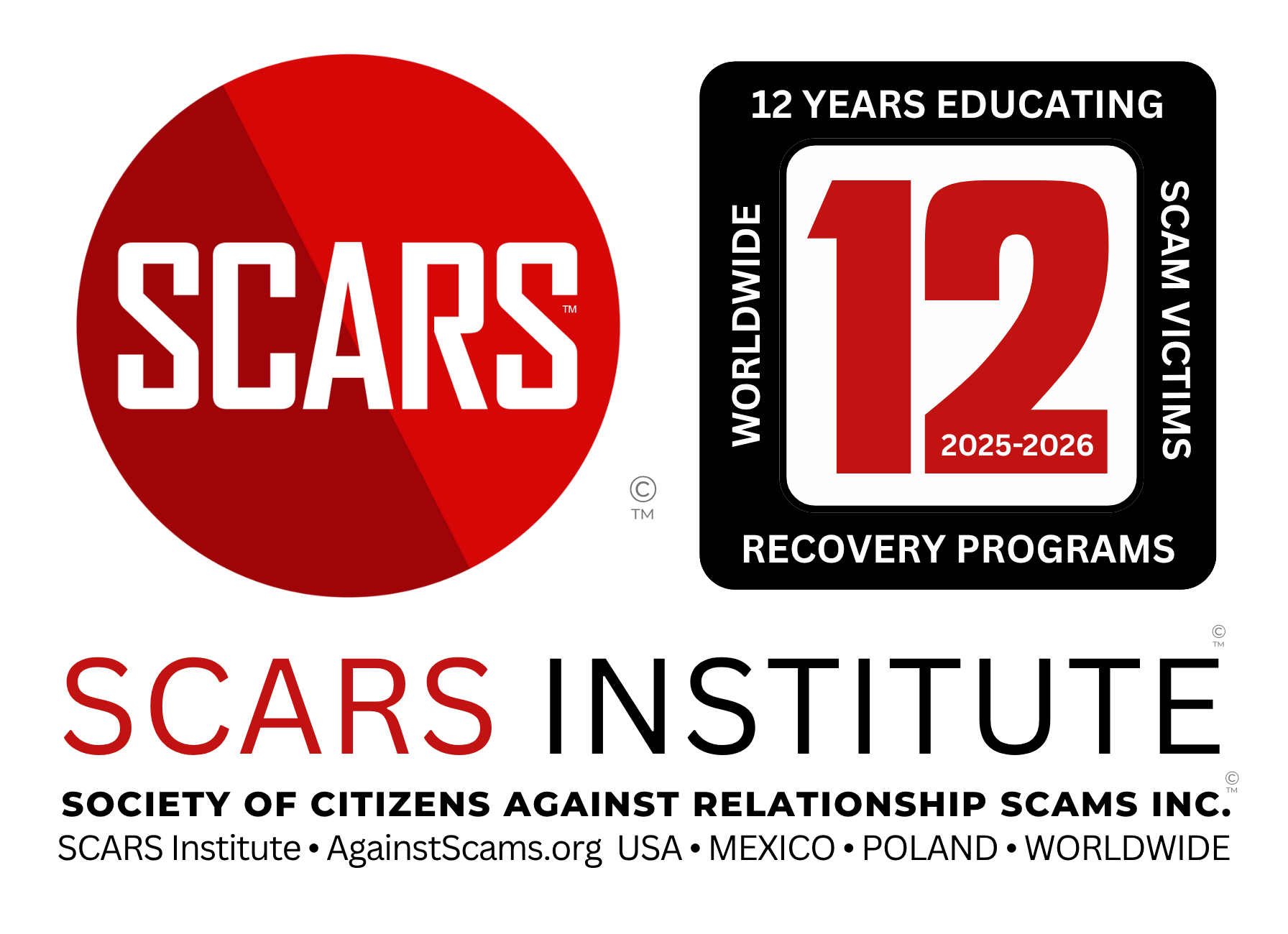
Welcome to the SCARS INSTITUTE Journal of Scam Psychology
A Journal of Applied Scam, Fraud, and Cybercrime Psychology – and Allied Sciences
A dedicated site for psychology, victimology, criminology, applied sociology and anthropology, and allied sciences, published by the SCARS INSTITUTE™ – Society of Citizens Against Relationship Scams Inc.
TABLE OF CONTENTS
A Question of Trust
At the SCARS Institute, we invite you to do your own research on the topics we speak about and publish, Our team investigates the subject being discussed, especially when it comes to understanding the scam victims-survivors experience. You can do Google searches but in many cases, you will have to wade through scientific papers and studies. However, remember that biases and perspectives matter and influence the outcome. Regardless, we encourage you to explore these topics as thoroughly as you can for your own awareness.
Please Leave A Comment
Recent Comments
On Other Articles
on The Amygdala Hijack Effect And The Neurology Of Scam Victims – 2024: “I did research and found where the amygdala is located in the brain; however, I am interested in science. Thank…” Jan 2, 21:04
on Psychological Trauma & Stress And Its Effects On Sufferer’s Genetics – 2024: “Very interesting article. I have wondered sometimes if the way I respond to trauma was due to the trauma and…” Aug 14, 11:15
on Psychological Denial – A Maladaptive Coping Mechanism In Scam Victims – 2024: “I can see from this article how denial can become a coping mechanism for individuals after a scam. I myself…” Jul 15, 19:51
on Reductive Thinking – A Maladaptive Coping Mechanism – An Enemy Of Scam Victims Recovery – 2024: “Very good article that explained the differences between reductive thinking and minimizing. I’m not sure but it seems that minimizing…” Jul 13, 20:14
on Self-Hate In Scam Victims And Its Impact From Psychological Trauma – 2024: “At one time in my life I felt self hate and I did at one point want to end my…” Jul 6, 15:23
A Note About Labeling!
We often use the term ‘scam victim’ in our articles, but this is a convenience to help those searching for information in search engines like Google. It is just a convenience and has no deeper meaning. If you have come through such an experience, YOU are a Survivor! It was not your fault. You are not alone! Axios!
Statement About Victim Blaming
Some of our articles discuss various aspects of victims. This is both about better understanding victims (the science of victimology) and their behaviors and psychology. This helps us to educate victims/survivors about why these crimes happened and to not blame themselves, better develop recovery programs, and to help victims avoid scams in the future. At times this may sound like blaming the victim, but it does not blame scam victims, we are simply explaining the hows and whys of the experience victims have.
These articles, about the Psychology of Scams or Victim Psychology – meaning that all humans have psychological or cognitive characteristics in common that can either be exploited or work against us – help us all to understand the unique challenges victims face before, during, and after scams, fraud, or cybercrimes. These sometimes talk about some of the vulnerabilities the scammers exploit. Victims rarely have control of them or are even aware of them, until something like a scam happens and then they can learn how their mind works and how to overcome these mechanisms.
Articles like these help victims and others understand these processes and how to help prevent them from being exploited again or to help them recover more easily by understanding their post-scam behaviors. Learn more about the Psychology of Scams at www.ScamPsychology.org
Psychology Disclaimer:
All articles about psychology, neurology, and the human brain on this website are for information & education only
The information provided in these articles is intended for educational and self-help purposes only and should not be construed as a substitute for professional therapy or counseling.
While any self-help techniques outlined herein may be beneficial for scam victims seeking to recover from their experience and move towards recovery, it is important to consult with a qualified mental health professional before initiating any course of action. Each individual’s experience and needs are unique, and what works for one person may not be suitable for another.
Additionally, any approach may not be appropriate for individuals with certain pre-existing mental health conditions or trauma histories. It is advisable to seek guidance from a licensed therapist or counselor who can provide personalized support, guidance, and treatment tailored to your specific needs.
If you are experiencing significant distress or emotional difficulties related to a scam or other traumatic event, please consult your doctor or mental health provider for appropriate care and support.
Also, please read our SCARS Institute Statement About Professional Care for Scam Victims – here
If you are in crisis, feeling desperate, or in despair please call 988 or your local crisis hotline.
SCARS Institute Resources:
- If you are a victim of scams go to www.ScamVictimsSupport.org for real knowledge and help
- Enroll in SCARS Scam Survivor’s School now at www.SCARSeducation.org
- To report criminals visit https://reporting.AgainstScams.org – we will NEVER give your data to money recovery companies like some do!
- Sign up for our free support & recovery help by https://support.AgainstScams.org
- Follow us and Find our podcasts, webinars, and helpful videos on YouTube: https://www.youtube.com/@RomancescamsNowcom
- SCARS Institute Songs for Victim-Survivors: https://www.youtube.com/playlist…
- See SCARS Institute Scam Victim Self-Help Books at https://shop.AgainstScams.org
- Learn about the Psychology of Scams at www.ScamPsychology.org
- Dig deeper into the reality of scams, fraud, and cybercrime at www.ScamsNOW.com and www.RomanceScamsNOW.com
- Scam Survivor’s Stories: www.ScamSurvivorStories.org
- For Scam Victim Advocates visit www.ScamVictimsAdvocates.org
- See more scammer photos on www.ScammerPhotos.com


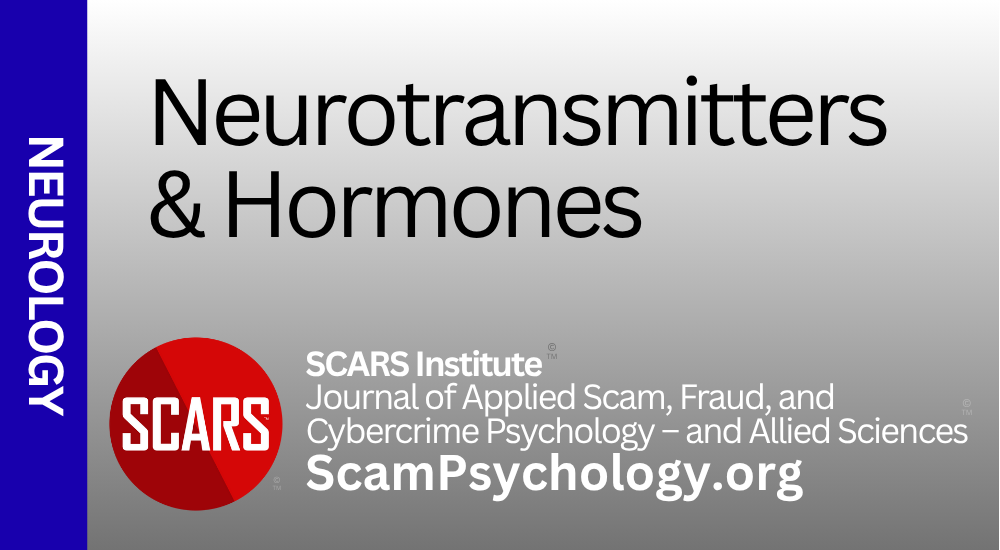
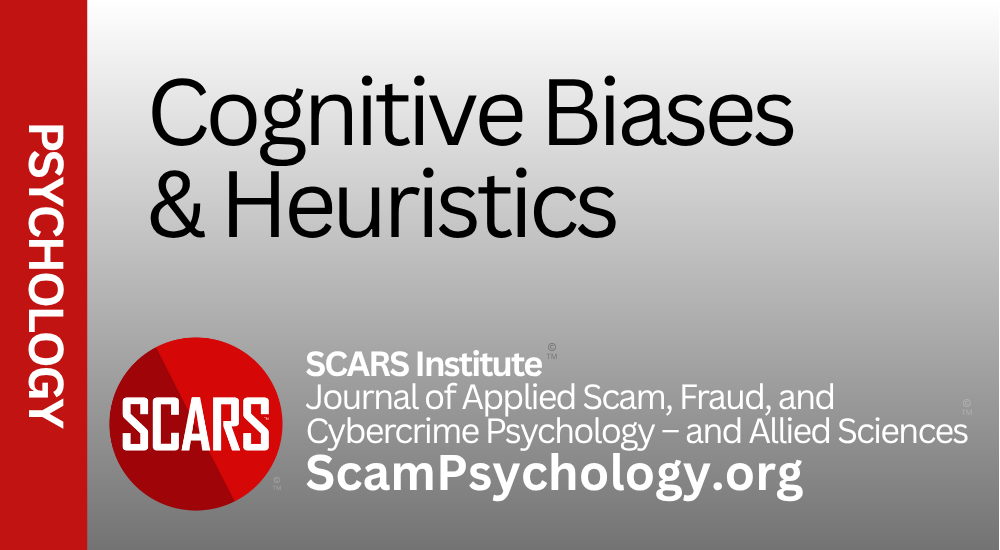
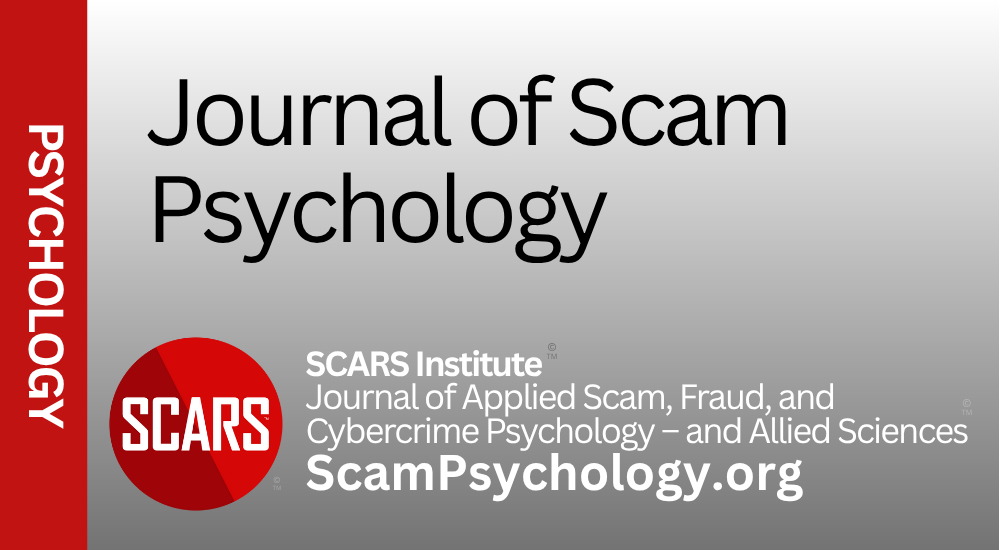
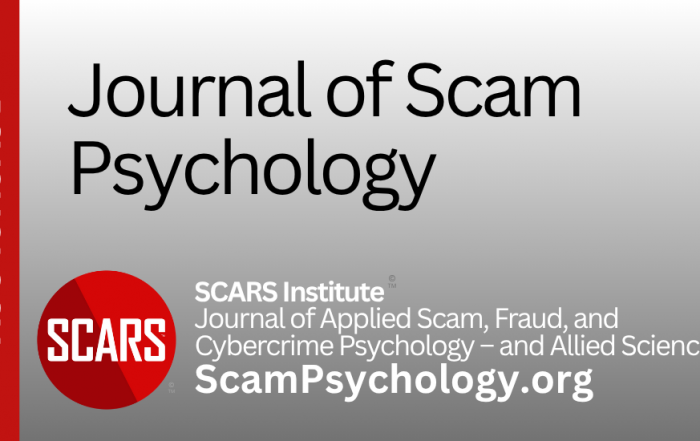
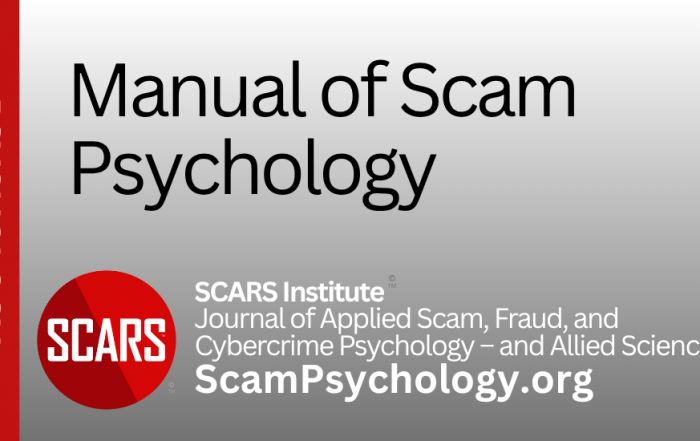

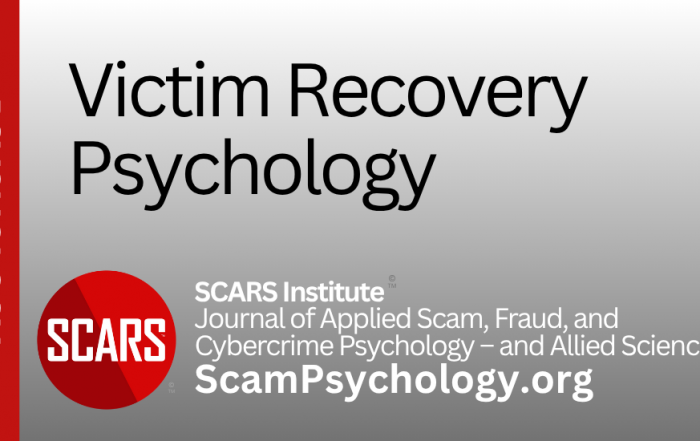
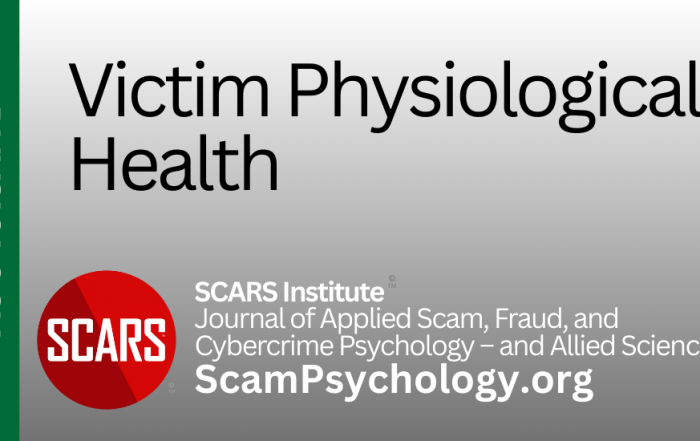
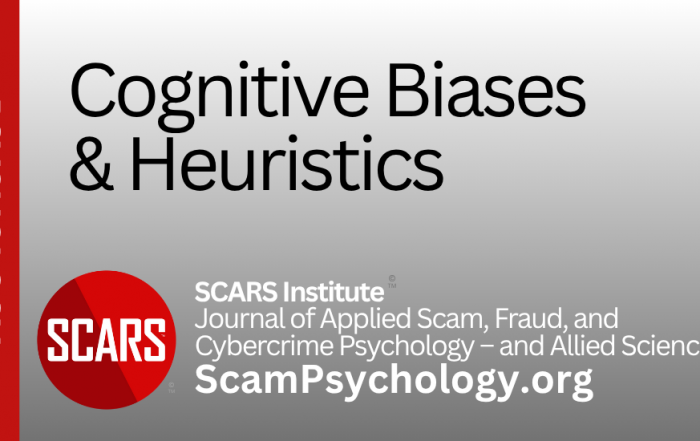
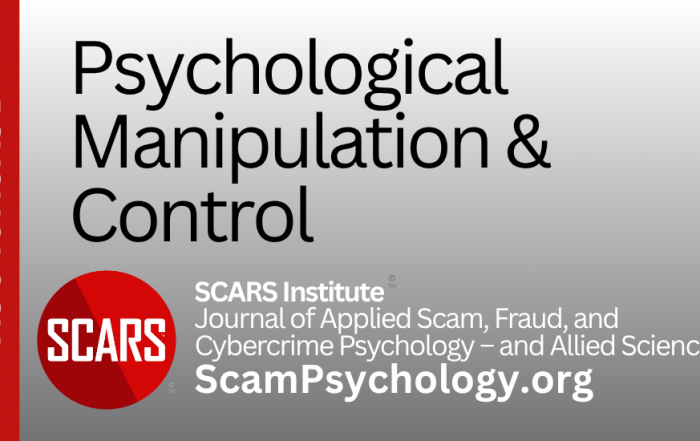

![niprc1.png1_-150×1501-11[1]](https://scampsychology.org/wp-content/uploads/2025/05/niprc1.png1_-150x1501-111.webp)